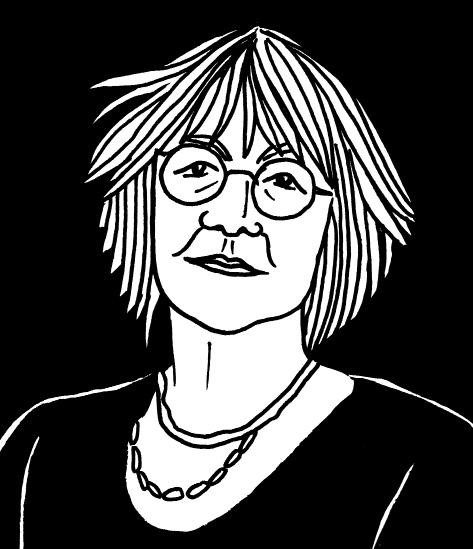Housed in the Quaker Library in London’s Euston Road, is a remarkable document. Measuring about five inches square, created from sheets of lavatory paper and bound in hessian taken from a mailbag, it consists of 100 pages of articles, jokes, poems, and even a spoof children’s page. Dated 18 December 1918, it is an edition of the Winchester Whisperer, one of the many tiny newspapers produced by imprisoned conscientious objectors, right under the noses of their prison warders.
Arriving in prison
More than 6,000 conscientious objectors (COs) were imprisoned during the First World War, most arriving after being court-martialled for refusing to obey orders in the army. Sentences varied from 112 days to two years hard labour, the harshest sentence on the statute book, short of hanging or life imprisonment.
Objectors were sent to various civilian prisons around the country, including Wormwood Scrubs, Wandsworth, Walton Prison, Liverpool, Durham, Maidstone and Winchester. Once they arrived in prison, they were questioned, examined, told to strip, given a tepid bath, presented with the arrow-decorated prison garb and escorted to their cells, where the doors were locked behind them.
Isolation and tedium
Prison conditions were appalling, not just for conscientious objectors but all prisoners. After the war, and as a result of their experiences, Stephen Hobhouse and Fenner Brockway collaborated on a report, English Prisons Today (1922), which played an important part in initiating prison reforms.
COs were kept in tiny single cells 11ft x 14ft x 7ft. They were poorly ventilated: freezing in winter, hot and airless in summer. For the first month, COs were completely isolated in their cells, allowed out only for an hour’s exercise. They were not permitted any letters, visits or books, other than the Bible, prayer book and one ‘educational’ book. One CO, Will Chamberlain, thought it ironic that his ‘educational’ reading matter was The Fifteen Decisive Battles of the World.
After the first month, prisoners were allowed to work ‘in association’, working in the corridor outside their cells or in the prison workshop. After two months, COs were allowed to send and receive one letter a month and a monthly visit.
Food was disgusting and prison work was tedious but what COs found hardest to tolerate was the hated silence rule. It was absolutely forbidden for prisoners to speak to other prisoners or warders, unless the warder asked them a question. For COs used to reading, talking and expressing their views, the tedium, enforced isolation and silence drove some men mad and tested others to their limits.
Breaking the silence
Breaking prison rules brought severe punishments. Even so, Fenner Brockway and others decided to rebel and began openly talking to each other. Their protest lasted 10 days and led to Fenner Brockway being sent to Lincoln Prison, where he endured months of solitary confinement. In his memoir, Inside the Left, Brockway states that had it not been for Sinn Fein prisoners, who smuggled in newspapers for him, he might have lost his sanity.
Being inventive people, COs also found other less obvious ways of breaking the silence. Using a type of Morse code, they tapped out messages on the thick stone cell walls, not just to a comrade in the next cell but well beyond. In some instances, a CO operated as a type of switchboard operator, receiving messages and sending them on. Clifford Allen and Scott Ducker even managed to play a game of chess, chalking the board on their cell floors and tapping out the moves: the game lasted three weeks.
And COs communicated via their underground ‘newspapers’. They were not allowed writing materials, except when writing their monthly letter. As a result, newly-arriving objectors smuggled in pencil leads and using these plus the daily lavatory paper allowance, COs in all prisons produced a whole range of miniscule prison journals. As well as the Winchester Whisperer, they included the Canterbury Clinker, published fortnightly by Barratt Brown, which included verse and studies in ethic; the Joyland Journal, produced in Mountjoy Prison, Dublin, a highly artistic publication; the Instigilo, written entirely in Esperanto and produced at Dorchester prison; the Winchester Court Martial, and the Walton Leader, edited by Fenner Brockway, which ran to 100 editions and which Brockway claimed was the first newspaper to publish the true facts of the slaughter at Passchendaele.


